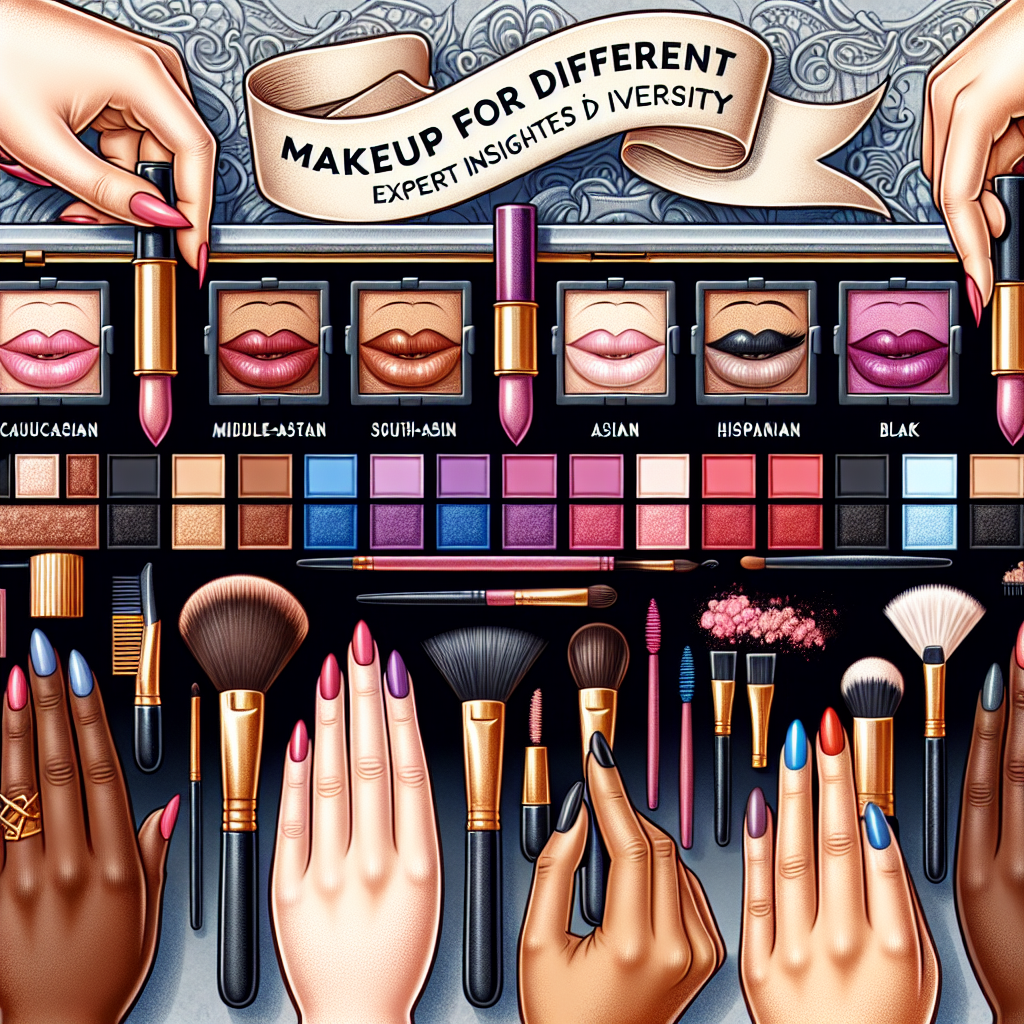Makeup has transcended its utilitarian purpose, becoming a means of self-expression, artistry, and cultural significance across the globe. From bold lip colors to intricate eye designs, each culture boasts its unique approach to beauty. Here, we explore expert insights into the diversity of makeup practices worldwide.
The Historical Context of Makeup
Makeup has a rich history, with references dating back to ancient civilizations. The Egyptians, for instance, used kohl to define their eyes and protect them from the sun. Similarly, Chinese women applied rice powder and colored pigments in a bid to enhance beauty and signify social status. Understanding this historical context is crucial for appreciating the diverse practices that have emerged.
Cultural Significance of Makeup
Celebrating Identity
For many, makeup is not just about aesthetics; it serves as a celebration of identity. Indigenous cultures often use makeup in traditional ceremonies, with unique techniques and materials that reflect their heritage. For example, the Maoris of New Zealand apply intricate facial tattoos called Ta Moko, which convey stories of their lineage and status.
Gender and Makeup
In some cultures, makeup has played a significant role in gender expression. In South Korea, the rise of K-beauty has blurred traditional gender lines, with men increasingly adopting makeup as a form of self-care and expression. Conversely, in certain settings, elaborate makeup may still be viewed as primarily feminine, highlighting ongoing gender norms.
Techniques and Styles Across Cultures
Middle Eastern Influence
Middle Eastern makeup is renowned for its bold and dramatic styles. Products like kajal and heavy eyeliner are staples, with intricate designs adorning the eyes. The cultural significance of eye makeup stems from historical practices and is often complemented by vibrant lip colors, showcasing a strong connection to tradition.
Indian Bridal Makeup
Indian bridal makeup is a stunning blend of tradition and modernity. The use of rich colors, glittering embellishments, and elaborate hairstyles reflect cultural symbolism. Expert makeup artists often incorporate local customs, such as the bindi and mehndi (henna), enhancing the bridal look while honoring cultural heritage.
African Beauty Rituals
Across various African cultures, makeup holds significant meaning. For instance, the Himba people of Namibia apply a mixture of butterfat and ochre to their skin, creating a protective layer while serving as a beauty statement. Meanwhile, patterns and colors in face painting among some tribes represent social status or achievements.
Modern Influences and Trends
Globalization and the Beauty Industry
The advent of globalization has led to an intersection of beauty standards. Social media platforms like Instagram and TikTok allow for the rapid sharing of makeup techniques, creating a melting pot of influences. Diverse beauty brands are emerging, catering to specific cultural needs while promoting inclusivity.
Sustainable and Ethical Practices
As awareness of sustainability grows, many cultures are returning to traditional beauty practices. Natural ingredients such as shea butter, coconut oil, and herbal pigments are making a comeback. These ingredients not only honor cultural heritage but also promote ethical beauty standards.
Conclusion: Embracing Diversity in Beauty
Makeup is a powerful tool for self-expression and cultural representation. By understanding the diverse practices from around the world, we can appreciate the beauty in our differences. As the beauty industry continues to evolve, embracing this diversity and honoring the rich tapestry of global makeup traditions will be essential for future generations.
In a world where beauty can unite, acknowledging and celebrating different cultures through makeup enriches our understanding of individuality and community.

